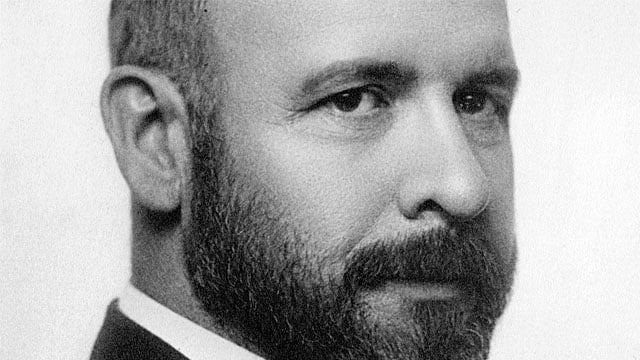

In the wake of the Great Chicago Fire, an ambitious young architect named Louis Henry Sullivan came to Chicago to make his name. Enticed by the “Great Rebuilding” going on in Chicago, Sullivan hoped to create an original American architecture.
Sullivan was famous for his idea that form follows function. His designs, such as for the Carson Pirie Scott department store, expressed the buildings’ purpose with an honesty and elegance that foreshadowed modernism.
He wrote: “What is the chief characteristic of the tall office building? It is lofty ... It must be tall, every inch of it tall ... a proud and soaring thing, rising in sheer exultation … without a single dissenting line.”
Known also for his richly ornamented facades and interiors, Sullivan was not merely decorating his work. With nature as his inspiration, he used energetic botanical and geometric motifs to add poetry and emotion to the hostile human landscape.
Sullivan rebuked the neoclassical, “Beaux-Arts” style popular in the late 19th century (and practiced in Chicago by Daniel Burnham, among others). But the market favored monumental grandeur, and while Burnham’s career rose, Sullivan’s faded.
Today, Sullivan remains one of the most discussed, celebrated, and beloved of American architects.

